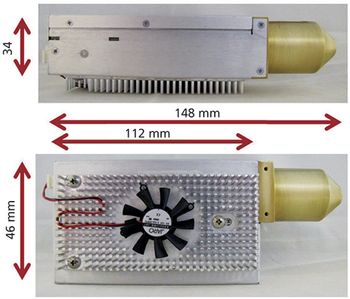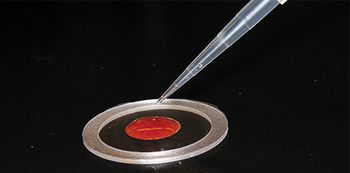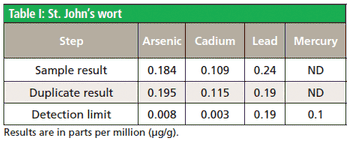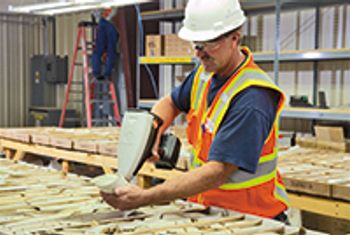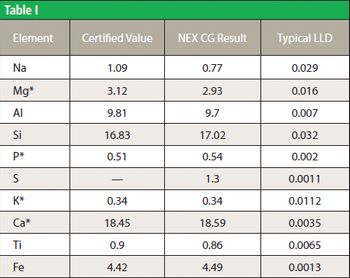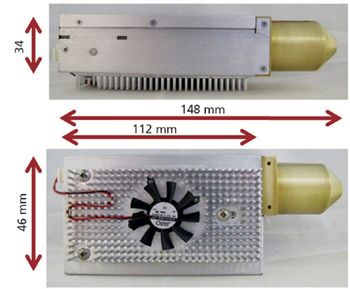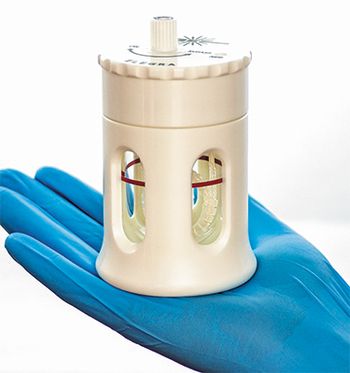
The elegant design of the Elegra results in a very compact accessory (Figure 1), making it easy to fit every ICP model without overcrowding the sample compartment. The Elegra utilizes highly efficient membrane technology to add moisture to the argon as it flows through the inert metal-free construction. The device runs at atmospheric pressure and does not require heating or electric power. The Elegra is also configured with a bypass switch so that the operator can turn humidification on and off without connecting or disconnecting any tubing. For easy installation on any ICP instrument and nebulizer, each Elegra Kit is packaged with customized gas connectors.


